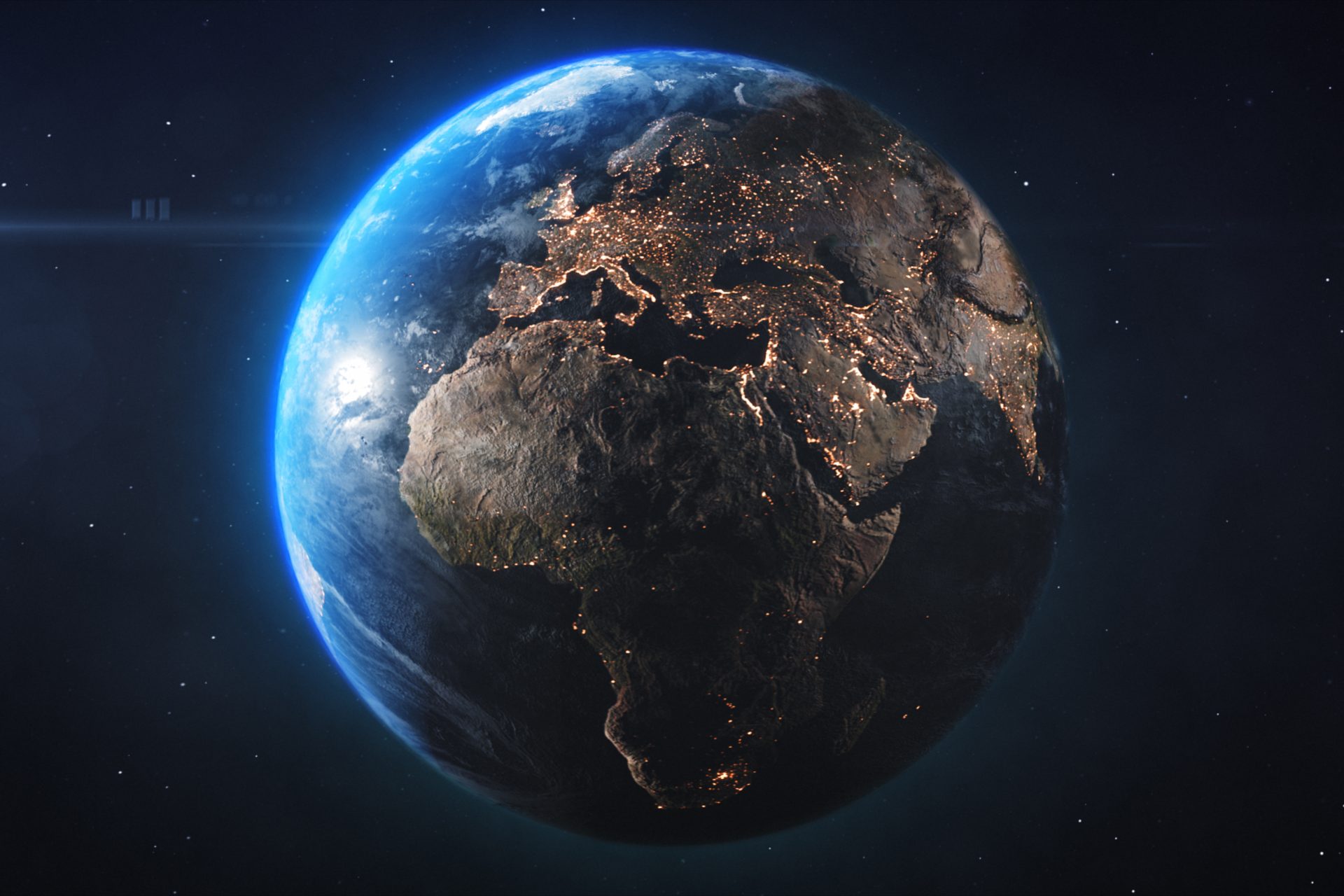Is Africa splitting in two? Find out what scientists say
According to a study published in the peer-reviewed Geophysical Research Letters, the African continent is undergoing a geological split that will eventually lead to the formation of a new ocean. This significant geological phenomenon highlights the dynamic nature of earth's continental structures.
Researchers used seismic to show that the East African Rift was being influenced by the same tectonic process as those occurring on the ocean floor according to Mashable.
“...the crack has been pinpointed as being at the border of three tectonic plates (African Nubian, African Somali, and Arabian) that have already been distancing themselves for some time,” wrote Mashable’s Dale John Wong.
“Notably, these kinds of tectonic shifts were also observed in the creations of the Red Sea and Gulf of Aden between East Africa and Western Asia,” Wong added.
The East African Rift is one of the world’s most extensive rift systems according to the Encyclopedia Britannica and stretches from Jordan through to Mozambique.
If you don’t understand what a rift valley is, that’s okay. It's actually quite simple and National Geographic has provided a great overview: “A rift valley is a lowland region that forms where Earth’s tectonic plates move apart, or rift.”
Scientists had long believed the East African Rift was the point at which the continent of Africa would someday split apart according to Quartz’s Faustine Ngila.
It wasn’t until 2005, however, that scientists finally got the proof they needed to back up their theories when an enormous crack opened up in the East African Rift.
“A giant chasm that emerged and quickly developed within days in the Afar desert in Ethiopia in 2005, heralded the coming-to-pass of this long-standing theory held by geologists that Africa could at some point in time split into two,” Ngila wrote.
In 2018, new satellite imaging tools allowed researchers to delve even deeper into the mystery of the rift, giving scientists a better understanding of what was going on.
“With GPS measurements, you can measure rates of movement down to a few millimeters per year,” marine geologist Ken MacDonald told Denise Chow of NBC News.
“As we get more and more measurements from GPS, we can get a much greater sense of what’s going on,” Macdonald added.
At the time, MacDonald and other scientists believed each of the various plates in the Afar portion of the East Africa Rift were moving away from each other at different speeds.
Photo Credit: Wiki Commons
The combined separation of each of the plates formed what scientists call a mid-ocean ridge system according to Denise Chow, which is where a new ocean would form.
“The Gulf of Aden and the Red Sea will flood in over the Afar region and into the East African Rift Valley and become a new ocean, and that part of East Africa will become its own separate small continent,” Macdonald explained to Chow.
“We can see that oceanic crust is starting to form, because it’s distinctly different from continental crust in its composition and density,” Moore added.
Africa’s new ocean won’t take shape for millions of years according to Dr. Edwin Dindi, a Professor from the University of Nairobi’s Department of Geology.
“The Eastern arm of the Rift Valley is pretty active, as shown by the many tremors that happen around it,” Dr. Dindi told Kenyan Broadcasting Cooperation as quoted by St. vincent Times, “it will take a long time, probably millions of years, for this to happen.”
More for you
Top Stories































